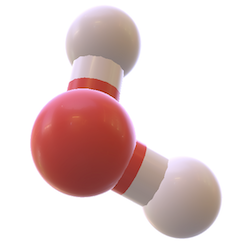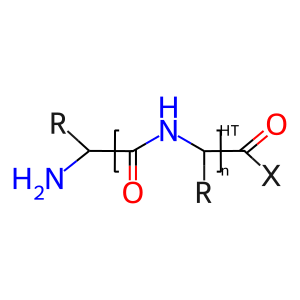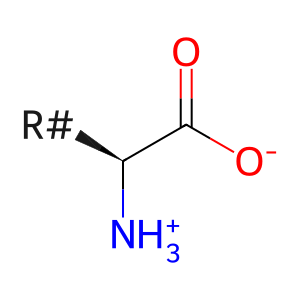Reaction: Antigen processing by cathepsin S in endosoytic vesicle
- in pathway: Endosomal/Vacuolar pathway
Endocytic compartments contain many cysteine proteases such as cathepsin S that can generate cross-presented peptides. Cathepsins may participate in the generation of MHC class II-presentated peptides (Villadangos et al. 1999). Shen et al. (2004) demonstrated that cathepsin S contributes to TAP-independent cross-presentation in vivo, showing that ovalbumin was cross-presented by denritic cells (DCs) through both TAP-dependent and TAP-independent pathways. The TAP-independent pathway was sensitive to the cystine protease inhibitor leupeptin, but not to proteasome inhibitors. Further experiments with knockout mice showed that cathepsin S contributed to cross-presentation. DCs lacking cathepsin S lack the TAP-independent pathway (Khor et al. 2008, Shen et al. 2004).
Reaction - small molecule participants:
L-amino acid [early endosome lumen]
precursor peptide fragment (>16 aa) [early endosome lumen]
Exogenous soluble antigen [early endosome lumen]
Reactome.org reaction link: R-HSA-1236948
======
Reaction input - small molecules:
peptide
Reaction output - small molecules:
L-alpha-amino acid zwitterion
oligopeptide
Reactome.org link: R-HSA-1236948



